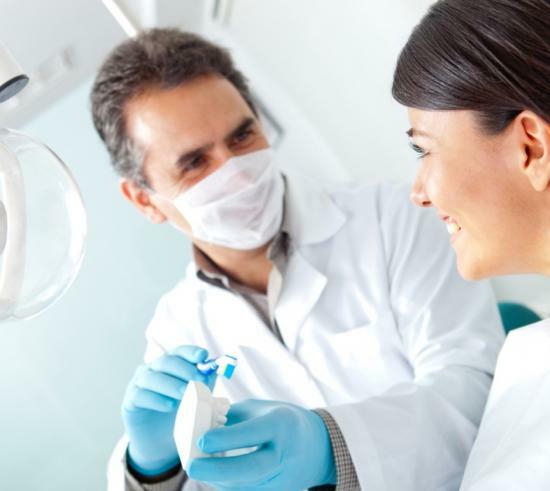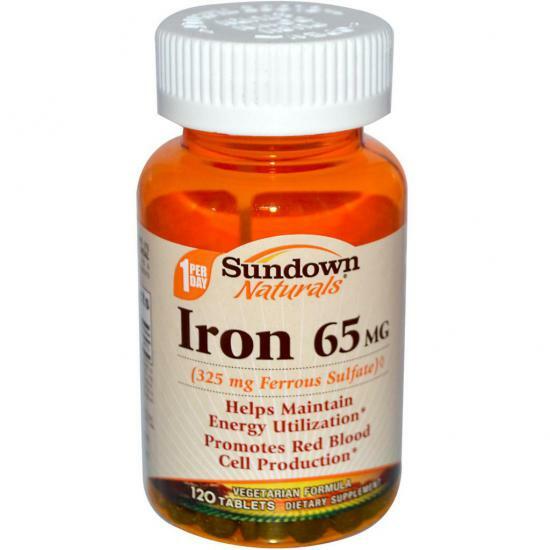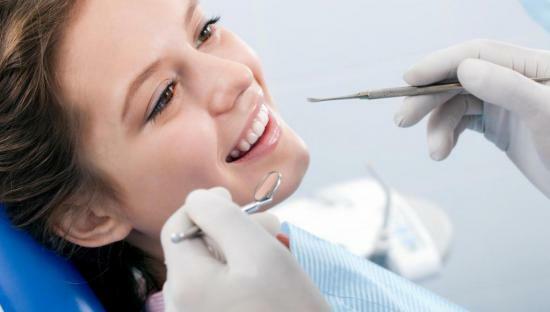What is heart tachycardia and how to treat it correctly?
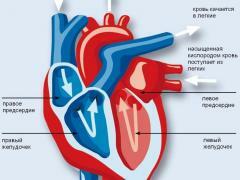
The human heart consists of four divisions: two atria and two ventricles.Due to the electrical impulses in the sinus node, these chambers contract and pump blood.Sometimes for a number of reasons the heart starts to beat more often, the pulse accelerates and tachycardia arises.An increased frequency of cardiac rhythm occurs not only in the elderly, the heart rate increases with absolutely healthy people.The question is how to differentiate the physiological tachycardia from the pathological one.
Contents:
- Cardiac tachycardia: a disease or a symptom?
- Classification and symptomatology of tachycardia
- How to cope with the disease?
- Features of infantile tachycardia
- Heart palpitations during pregnancy
Cardiac tachycardia: a disease or a symptom?
Many people, the first time having met with a similar phenomenon, are wondering - what is tachycardia of the heart.It should be noted that tachycardia is not a disease, but a symptom, in which the heart rate exceeds 90 beats per minute.
Every person felt a condition when "the heart jumps out of the chest."Acceleration of the heart rate is considered the norm under certain conditions:
- with a significant increase in body temperature during illness;
- after intense physical activity;
- as a result of any emotional overexcitation: fear, fright;
- consumes caffeine, alcohol, nicotine in excessive doses;
- pharmacological tachycardia( during the administration of euphyllin, corticosteroids, diuretics).
Physiological tachycardia can trigger the passing of an exam or a quarterly report, a lack of oxygen in the room.After eliminating the primary source of an attack of tachycardia, the heart rhythm is normalized.
And here the strong heart beats in a state of rest or palpitations after usual exercise for more than 15 minutes, give a serious reason to consult a cardiologist.Tachycardia can be a symptom of a huge number of heart diseases:
- ischemic heart disease, myocardial infarction;
- heart failure, angina pectoris;
- cardiosclerosis, myocarditis of a different nature of origin;
- bacterial endocarditis, pericarditis;
- heart muscle defects.
In addition to cardiac pathologies, tachycardia accompanies anemia, hypoxia, tonsillitis, pneumonia, bronchial asthma, hypertensive crisis, hyponatremia, atherosclerosis, thyrotoxicosis, as well as a sharp fall in blood sugar levels.
If the seizures are repeated regularly, shortness of breath, dizziness, nausea, then it is desirable to pass an electrocardiogram of the heart.
For information on what tachycardia is, check out the video.
Classification and symptomatology of tachycardia
Cardiac pathology has its own variations, depending on the generation of cardiac impulses.If the sinus node is excessively active, then such a tachycardia is called sinus.The second type of tachycardia is spontaneous, paroxysmal, and is divided into three types:
- atrial
- ventricular
- nodal
Sinus tachycardia has a gradual onset and ending, the heart contracting more often than 90 beats per minute.Many patients are aware of the existence of tachycardia only during a planned medical examination, symptoms are so weak.
But the spontaneous, paroxysmal tachycardia, start suddenly and also ends suddenly.
And the attack can last from a few minutes to a couple of days.All paroxysmal tachycardia attacks threaten the patient's life.The heart beats so often( from 140 to 250 rpm) that the pulse can not be fixed.
During an attack a person experiences an inexplicable sense of fear, heaviness in the heart area, behind the breastbone, a strong weakness.In some cases, there is a pre-fainting condition and loss of consciousness.Patients immediately need medical attention.
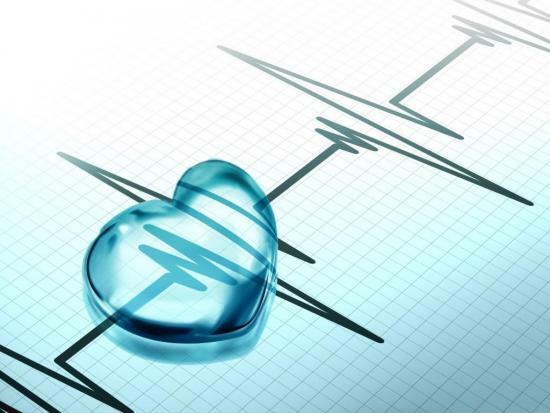
Other symptoms of tachycardia, and physiological, including:
- rapid pulse at rest
- dizziness
- darkening in the eyes
- cardiac muscle disruptions
- coldness of the extremities
- shortness of breath, insomnia
- sometimes pain in the heart area
It is possible to diagnose the kind of tachycardia only after an electrocardiogram.Usually observe the results of the ECG during the day, additionally assigned blood tests( general and biochemistry).Sometimes the patient undergoes ultrasound of the heart and electrophysiological studies.
Frequent attacks of tachycardia caused by internal disease lead to serious health complications and increase the risk of premature death.
How to cope with the disease?
The effectiveness of treatment of an unpleasant symptom directly depends on the literacy of the specialist and determining the exact cause of tachycardia.The main task of the doctor is the normalization of the heart rate and the prevention of seizures.
With frequent manifestations of physiological tachycardia, the patient is recommended to adjust the sleep and rest regime, to limit the consumption of alcohol, coffee and strong tea.It is also important to revise mental and physical loads.Beneficially affect the heart rate breathing exercises, but under the supervision of a doctor.
For normalization of the heartbeat, doctors are advised to perform vagal techniques that help to reduce an attack of abnormal tachycardia:
- to lower the face into ice water;
- squat, slightly bending forward;
- Cough or crouch.
It is impossible to do exercises alone: they are effective for supraventricular tachycardia, and for ventricular contraindications.When physiological tachycardia is excluded, the emphasis is on treating the underlying disease, which is accompanied by a rapid heart rate.

If the cause in anemia - prescribe drugs that restore the level of hemoglobin, with thyrotoxicosis taken thyreostatics.If tachycardia accompanies infectious disease, then treat it( course of antibiotics).
It is most difficult to get rid of tachycardia in patients with heart and vascular defects.The heart rate in these patients should be normalized in a short time, otherwise they are threatened with serious violations in the cardiovascular system.
Basically, heart rhythm restoration is performed on an outpatient basis, except for cases of urgent hospitalization during an attack, when it is necessary to save a person's life.
The use of medicines
For the normalization of the heart rhythm, sedative and anti-aritimic medicines are used.Among the sedative drugs are two groups: on a synthetic and natural basis.
The natural remedies include:
- hawthorn tincture, peony tincture
- motherwort, valerian
- Persen, Novo-Passit
All medications gently soothe the nervous system, reduce the increased excitability, anxiety, and have a mild hypnotic property.The effect of drugs comes not earlier than in a month and a half of stable use.
With synthetic drugs( Diazepam, Phenobarbital, Relanium) you should be careful.They should not be mixed with alcohol and exceed the indicated dosage.
Antiarrhythmic tablets are taken strictly according to doctor's prescription.Most often, these drugs are based on blocking adrenoreceptors or calcium antagonists.
These include:
- Verapamil, Cordanum, Rhythmelen;
- Adenosine, Atenolol, Bisoprolol;
- Diltiazem, Anaprilin, Etatsizin.
Medications differ in the mechanism of action, therefore, for different forms of tachycardia, the doctor prescribes different means.

Traditional medicine
Traditional medicine recipes are designed to alleviate the condition of a person suffering from tachycardia.But to use broths and infusions of medicinal plants is necessary after examination by a cardiologist and knowledge of his diagnosis.
Traditional healers use the broth of Adonis spring to normalize the heart rhythm.Fresh grass( 2 tbsp) is boiled for about 10 minutes in a liter of boiled water.Then the broth is filtered and drunk three times a day for a month.A good effect with tachycardia gives alcohol-inscribed root of elecampane.
Slow heart contractions can be done with the help of decoction from the leaves of the grapes.Handful of leaves chop and boil in a liter of water.Take the resulting broth is recommended at least 20 days for half a glass.
In the fight for a balanced heartbeat, the hawthorn proved to be very effective.Possessing a weak diuretic effect, it eliminates swelling, reduces blood pressure and slows heart rate.Use a decoction of hawthorn fruit daily 3 times a day for half a cup.
As a natural sedative, an herbal collection of mint, lemon balm, lemongrass, lavender, chamomile and nettle is used.

Features of infantile tachycardia
Children initially heartbeat faster than adults.This is due to the intensive development of the body, increased need for oxygen.Abnormal is cardiorhythm, exceeding the age norm of the child by 20 or 30 beats per minute.
Like adults, a fragile baby's heart is also prone to developing tachycardia.Symptoms are similar: dizziness, accelerated heartbeat, shortness of breath, sweating, pallor.Newborns with tachycardia sleep badly, give up breast, restless and tearful.
According to medical research, paroxysmal tachycardia is more common in five-year-olds.Sinus pathology is recorded in children of different age categories.
In school days, heart palpitations appear:
- as a result of excessive physical activity;
- due to emotional overstrain;
- because of its anatomical features( too rapid growth, the first monthly, hormonal changes during puberty).
In 80% of cases, tachycardia does not require special medication, children need a healthy sleep, a restriction in salt and spicy food, a refusal of strong tea.
In the treatment of pediatric tachycardia, folk remedies will be appropriate: herbal preparations with a calming effect.If necessary, the doctor can prescribe a mild sedative( Seduxen, Luminal).A child who is under 6 years old is shown homeopathic remedies.
During an attack, the child should be given first aid: to release the chest from clothing and give access to the air.
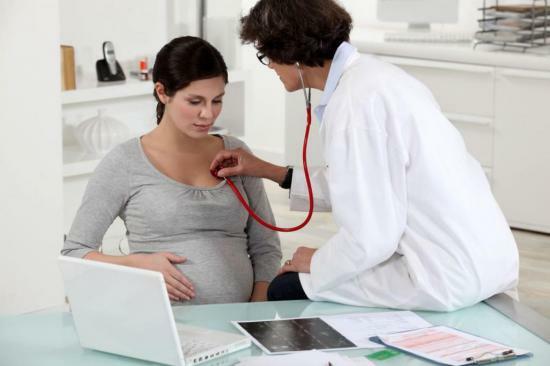
Heart palpitations during pregnancy
A slight sinus tachycardia in the expectant mother is quite expected.Sudden attacks of intense heart beat are fully justified by the processes occurring in the women's organisms:
- hormonal change in the background;
- double cardiac and vascular load due to blood supply to the fetus and placenta;
- squeezing the heart by the baby;
- increased burden on the nervous system;
- intensive work of all vital organs.
Especially bright tachycardia can show itself in the last trimester, when the child is practically formed and the blood supply works on wear and tear.The addition of nausea and vomiting signals a disorder of cardiac activity.This is evidenced by the regularity of seizures, and their long-term character.
If the pregnant woman senses the approach of an attack of a tachycardia, she must immediately stop, lie down or sit down.Within a minute, breathe deeply.With sinus tachycardia, lightly apply pressure to the eyeballs.Sometimes short breathing is helpful.
A single case of rapid heart rate is not a reason for panic.Long and persistent seizures are considered an indication for a cardiologist to visit the ECG.Temporary tachycardia due to pregnancy is treated with sedative phyto preparations, multivitamin complexes with potassium, magnesium, iodine, iron and phosphorus.
Since most synthetic drugs are contraindicated for pregnant women, doctors recommend herbal mint with melissa, tea with dog rose, oregano and motherwort.Of no little importance is the psychological state of the pregnant: it is recommended to limit watching TV and news Internet resources, to walk more and not worry about trifles.Tachycardia in pregnant women is not so rare, but it is better to keep it under control.
In most cases, the accelerated heartbeat is amenable to normalization.The most unfavorable prognosis in ventricular tachycardia is because it is a symptom of organic heart disease.
However, with timely intervention, with the help of innovative antiarrhythmics, this form of tachycardia can be cured.Protect yourself from increased cardiac rhythm by observing the rules of healthy eating and active lifestyles.

